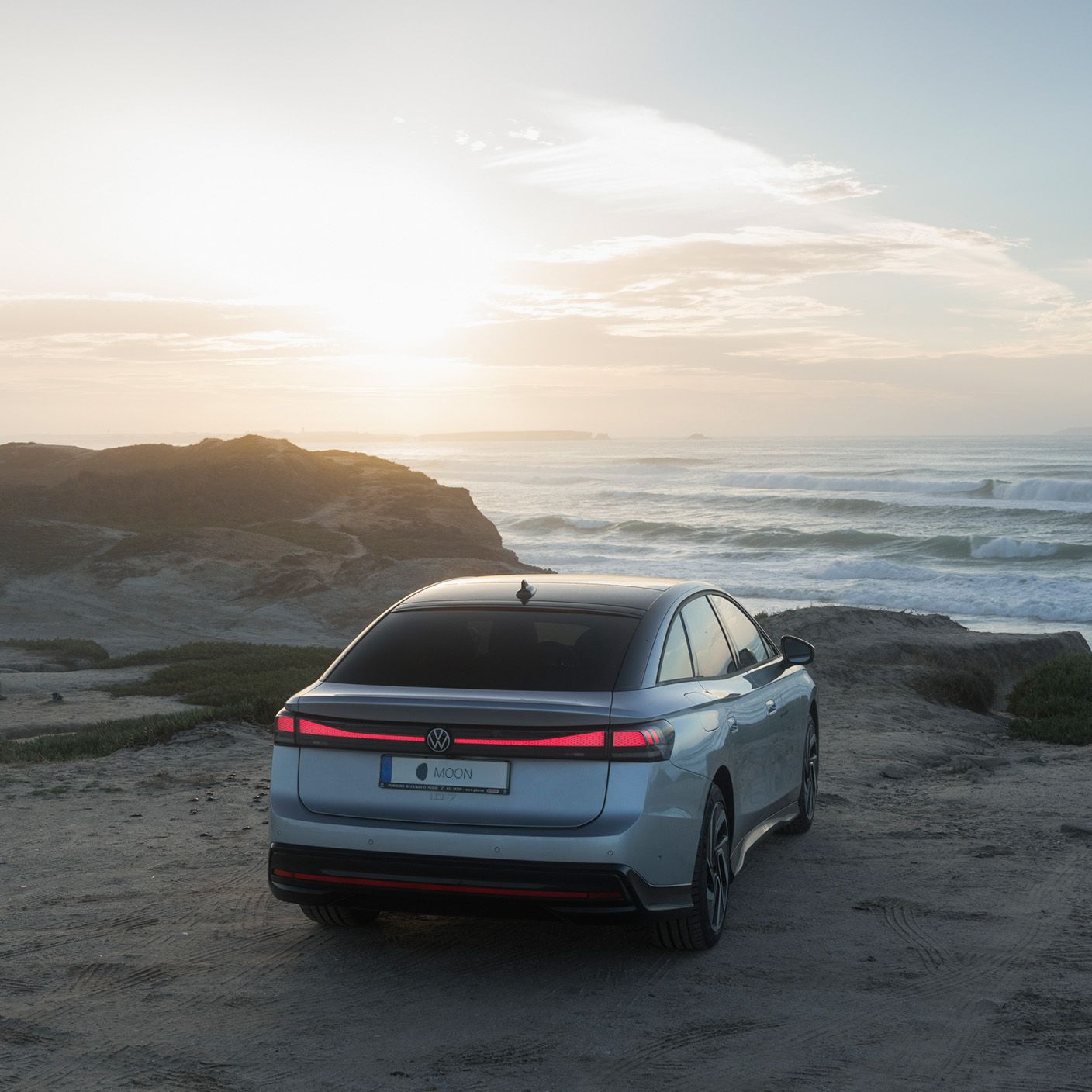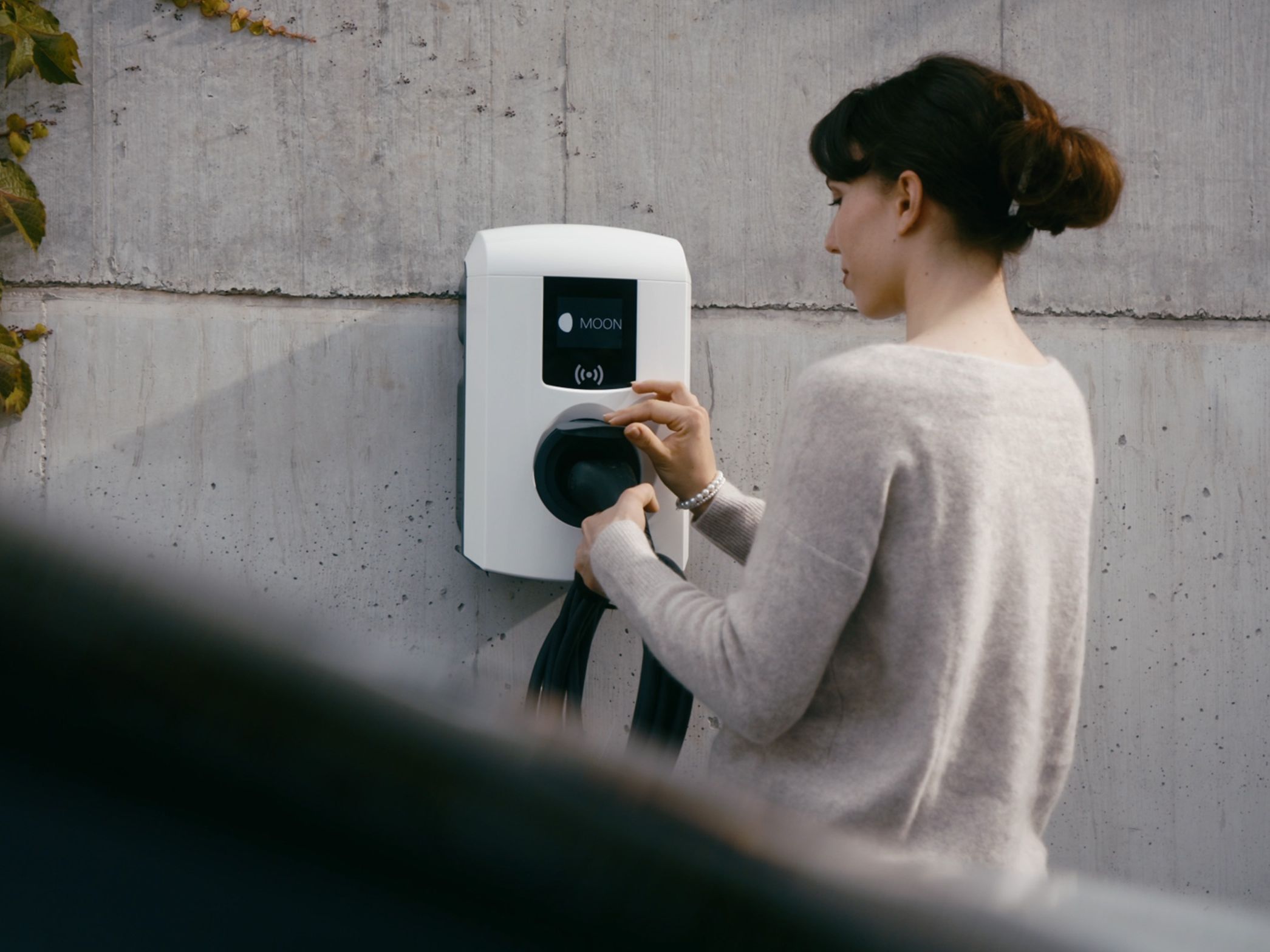
These misconceptions exist around the topic of electromobility. Find out what's really behind the false assumptions.

Electromobility is growing at a rapid pace, but not everyone is positive about this development. This has given rise to some myths about e-mobility, but they are often not true at all. Statements such as: "Electric cars are more expensive than combustion engines", "Batteries of electric cars are not sustainable" or "It is dangerous to drive an electric car". But how much truth is hidden behind these statements? This will be carefully reviewed in the following article and corrected if necessary.
Short range
E-cars are often said to have a short range. It should be noted that the average mileage per day is around 40 kilometres. This results in a consumption of just 10 kWh. For commuters, the average mileage increases to about 60 kilometers per day, which accounts for a consumption of 15 kWh. In comparison, the batteries of electric cars now have an average capacity of around 50 kWh, which guarantees a range of at least 250 kilometres. For this reason, the fear of too short a range is superfluous. In order to continue to drive in an energy-saving manner, it is advisable to drive with recuperation, as this increases the range by up to 20 percent. Recuperation enables the vehicle battery to be charged through brake energy regeneration. In regenerative braking, kinetic energy that would otherwise be lost is converted into electrical energy and then fed back into the battery.
Battery sustainability
It is undoubtedly clear that e-cars are inherently more sustainable than combustion engines, but the sustainability of the battery is still controversial. Car batteries have significantly less capacity loss than expected:
(Source: https://www.adac.de/rund-ums-fahrzeug/elektromobilitaet/laden/elektroauto-batterie/)
Even after discarding, the battery can then be used for many years in a so-called second-life battery storage system. Furthermore, work is being done on the recycling possibilities of car batteries, so that 96% of battery components can now be recovered. This reduces the CO2 footprint by 40%. The sustainability of electricity sources is also getting better and better.
E-cars are more expensive than combustion engines
If you directly compare the selling price of an electric car with that of a combustion engine, this statement may be true, but the long-term benefit is left out. In the TCO comparison, it was found that the acquisition costs of an electric car are amortized after just three years. If you compare the fuel consumption of a combustion engine with that of an electric car alone, you pay 1000 euros more for a combustion engine over an annual distance of 15,000 kilometers. If you also use intelligent charging management, you can charge particularly efficiently and save up to 70% energy. Due to the significantly lower brake wear and the elimination of oil changes, maintenance costs are particularly low for an electric car. In addition, there are various tax advantages on electric cars until 2030, more detailed information can be found in the article on e-company cars. Since the most expensive component of an electric car is the battery, and this is becoming cheaper and cheaper with the development of technology, the purchase of an electric vehicle is also becoming cheaper and thus increasingly attractive.
E-cars are dangerous
You also often hear that e-cars are more dangerous than combustion engines. This assumption can also be refuted, as the safety of electric vehicles meets the standards of regular combustion vehicles. In general, the risk of fire in electric vehicles is very low. Generally, e-cars burn up to 60 times less often than combustion engines, according to the German Insurance Association (GDV), the fire brigade representation and accident researchers. In addition, since July 1 2019, an acoustic warning signal for pedestrians is required to be installed in new (hybrid) electric cars, so that it is guaranteed that the significantly quieter e-vehicles can also be perceived in time.
Complex structure of the charging infrastructure
If you have never dealt with e-mobility before, the whole topic may seem a bit overwhelming at first, but with the support of MOON POWER, all questions can be answered quickly and easily. MOON helps you to find a charging solution that is optimally tailored to your situation and to refuel the electricity you need as efficiently as possible. With MOON's complete solutions, you have the opportunity to find an all-round solution for your needs.
Inflexible refuelling
Due to the initially limited charging options for electric vehicles, there is still a fear that the purchase of an electric car will significantly limit flexibility. But this fear has long since become obsolete, as the charging infrastructure is being expanded quickly and comprehensively everywhere. The EU-wide goal is to have three million charging points installed by 2030. Apart from that, 80% of charging processes take place either at home or at work, so charging on the road usually only takes place over longer distances.
Load on the power grid
Due to the electricity consumption of e-cars, there are fears in many places that the resulting increased electricity consumption could lead to blackouts. But the available amounts of electricity are sufficient for the next few years. If there were ten million more electric cars, electricity consumption would increase by only 3 to 4.5%. Furthermore, the switch to electric vehicles also enables system change through:
With these methods, you save money and electricity yourself and at the same time make a valuable contribution to the energy transition.
Why electric cars are the future – and not the problem
It can therefore be said that electric cars are not the problem, but the solution for a sustainable future. In the long run, an electric car absolutely pays off because it is cheaper, safer and less complicated than a combustion engine. Due to the constant improvement of battery technology, the range is continuously increasing, which makes driving an electric car more and more practical. With the support of MOON, you will find a charging solution that is perfectly adapted to you and can make optimal use of the available energy with intelligent energy management. With self-generated PV electricity, you can save money and refuel cheap and flexible at home. With the ever-improving charging infrastructure, charging options on the road are also becoming increasingly flexible, so that you can easily cover long distances. An electric car therefore has many different advantages and is definitely worthwhile - both financially and for the environment.
We are always at your disposal for further information and inquiries. Get a free and non-binding consultation now.


Knowledge & Facts
DC charging station: Focus on fast charging for electric vehicles
Fast charging for electric vehicles is becoming increasingly important – and DC charging stations play a crucial role in this.
-(1))
Knowledge & Facts
DC charging as a signpost to e-mobility
Find out everything about DC charging, what advantages it has and for which applications it is suitable.

Knowledge & Facts
Charging company cars at home: requirements, installation & billing
Find out how you can charge your company car conveniently at home. We give you practical tips for installation and billing.